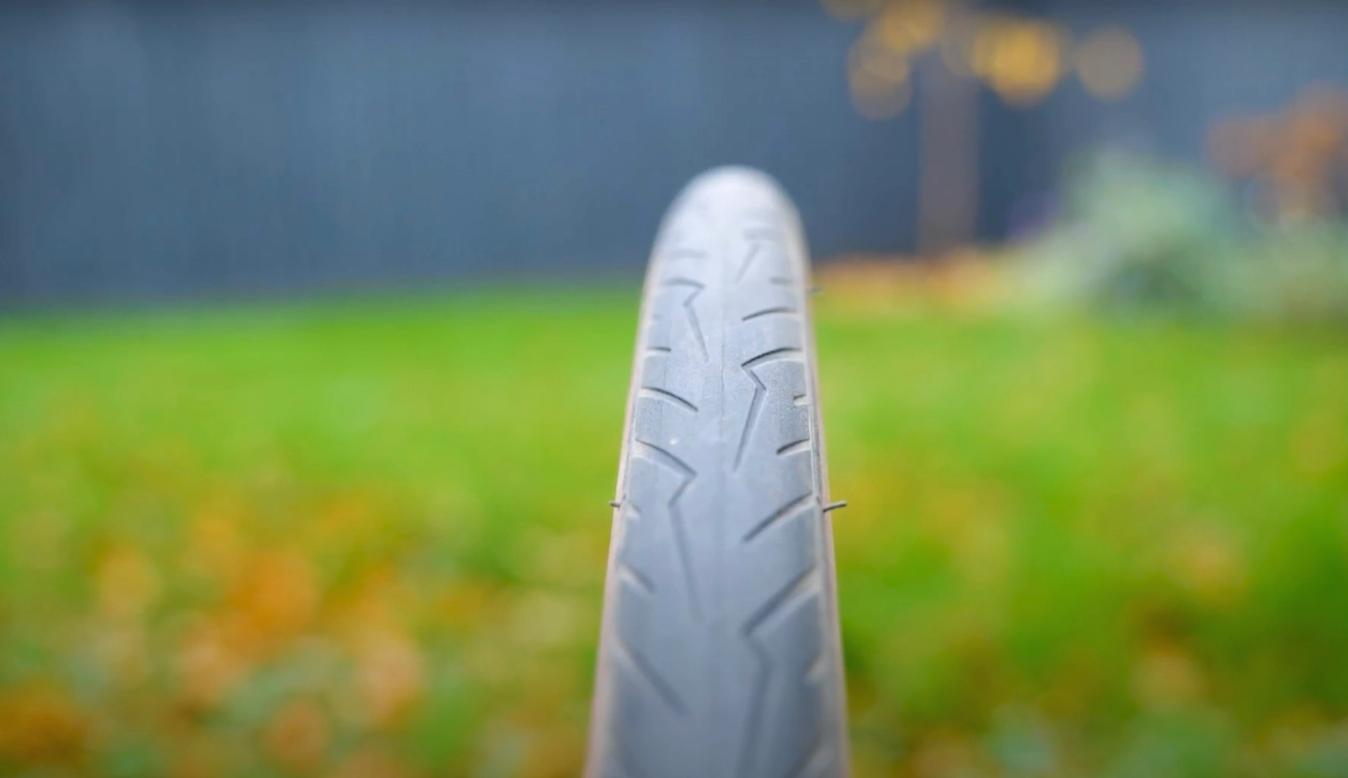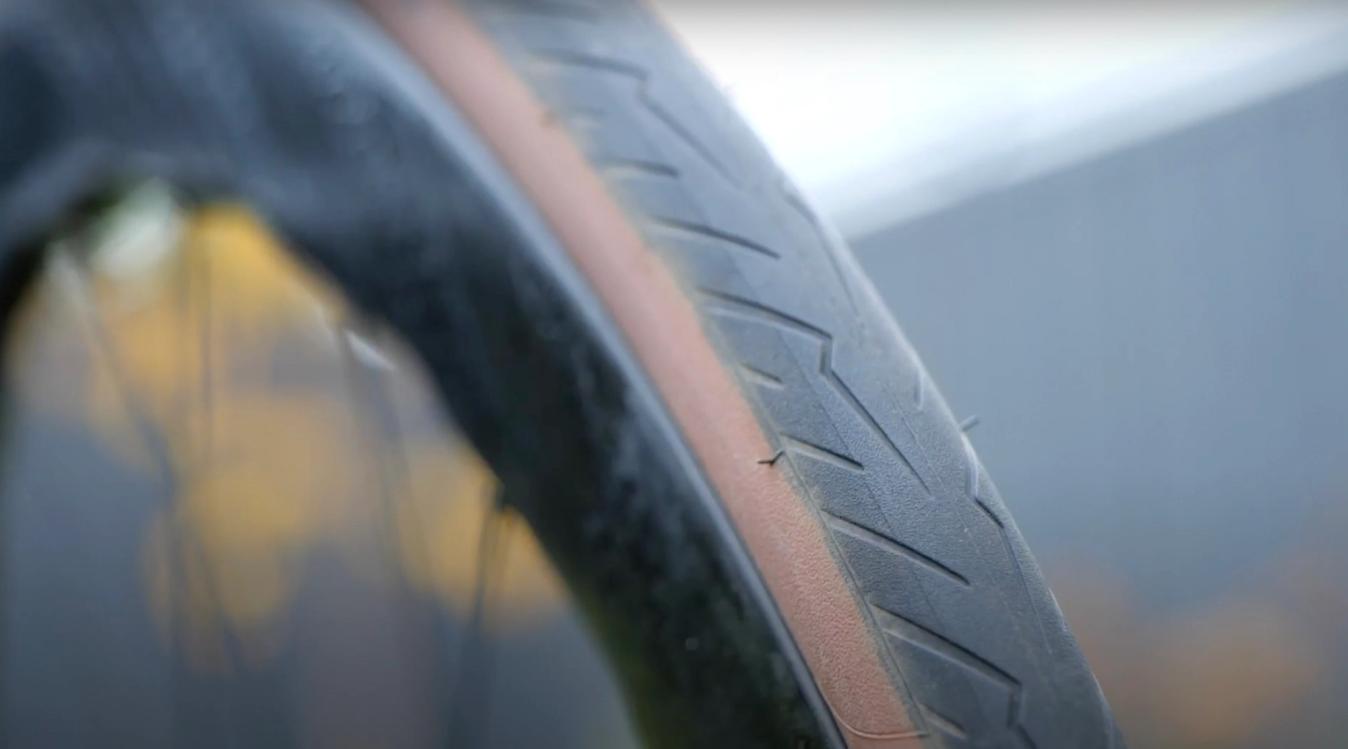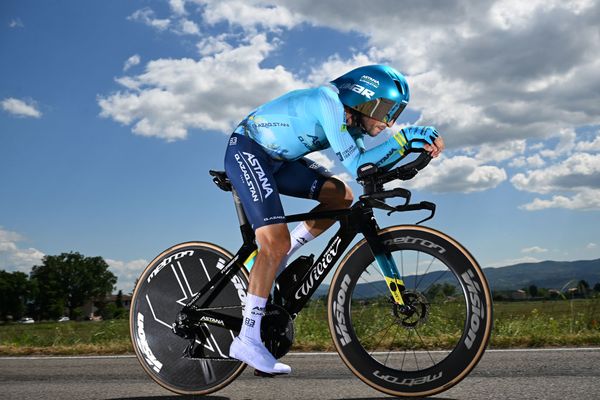Are you using the wrong tyres? Comparing summer, winter, and all-season rubber
Alex Paton delves into compounds, treads, and pressures to help understand the properties of different tyres
Alex Hunt
Junior Tech Writer
Road bike tyres come in all different sizes and compounds to suit their intended use. Working out what tyre type you need along with the width and then what pressure they should be inflated to can be an absolute minefield.
Alex Paton aims to shine some light on the topic of tyre choice and set-up to help you find the right configuration.
Why does finding the right tyre matter?
The importance you put on finding the right tyre for you type of riding comes down to personal choice. If you’re commuting or infrequently riding for leisure you’re probably not too worried about performance gains from a change of tyre, so investing the time or money here may not seem worthwhile.
If however, you're a cyclist looking to get the most out of yourself and the bike, tyre choice is a logical place to start. Tyres are our only contact point with the ground and ultimately influence how much of our ride feels.
Different tyres offer different properties. Some roll faster than others, whereas others prioritise grip and control.
With the current tyre technology and material science, it's not possible to create a tyre that excels in every area of performance. That is why there are specific groups of tyres to choose from.
If you think you're using the wrong tyres and pressure, don’t worry, it's actually something that's quite hard to get right.
The first thing to understand is what the different categories of tyres offer and when you might want to use them.
Race tyres
.jpeg?w=1348&auto=format)
© GCN
A race tyre is made of a rubber compound suited to higher temperatures and have more supple sidewalls than the other tyres in question
These are designed to offer maximal performance in good weather conditions. A race tyre is lightweight, forgoing increased puncture protection in favour of keeping the total weight low.
Race tyres also have a thinner and more flexible sidewall casing. This not only boosts comfort and compliance but also helps with the efficiency of the system, making sure as much energy as possible goes in to driving the bike forward.
Winter tyres

© GCN
Winter tyres prioritise puncture protection and longevity with added tread for increased grip
These flip the order of priorities from a race tyre on its head. As you would expect from a tyre designed for wet and gritty roads, the main focus of a winter tyre is puncture resistance.
What this means is a winter tyre features a thicker and more robust casing to fend off anything trying to puncture the tyres. These tyres also have a more pronounced tread pattern to help with grip and control in less-than-ideal conditions.
The trade-off for these qualities is a heavier tyre that is rolls a bit slower than the racier alternative.
All-season tyres

© GCN
All season tyres act as a halfway house blending the qualities of both a race and a winter tyre
An all-season tyre straddles the gap between the aforementioned tyres.
They offer increased levels of protection when compared to a road tyre but roll slightly better than a winter tyre.
Tyres in this camp tend to have limited tread on the shoulders of the tyre to help with cornering grip in poor conditions.
Why are the different types of tyre made from different rubber compounds?
The different compounds used in the manufacturing of a tyre are based on the intended purpose and environment expected by the tyres.
Some manufacturers use the same rubber compound in their winter-specific and all-season tyres, which stays supple in reduced temperatures, whereas race tyres are designed for warmer drier environments.
What does the tread pattern on a road tyre actually do?

© GCN
Tyre tread might not work how you thought it did
The common misconception is that tyre tread is used to prevent the bike from aqua planing when you ride across a puddle. However, this is not the case at the speeds at which we ride. Instead, the tread pattern is used to generate some surface temperature on the tyre. This is by no means comparable to that experienced in motor racing but it is enough to keep the surface of a tyre that little bit warmer, increasing the performance of the tyre in wintery conditions.
This is something to be aware of if you tend to use the same tyres all year round. A summer race tyre doesn't have the same tread pattern as a winter tyre, which means in the depths of winter it underperforms as it's not anywhere near the optimal working temperature it has been designed around. When this happens, the tyre becomes more rigid and offers less of the performance intended.
The temperature a tyre is used at can have an impact on the characteristics it displays. This makes the reason to swap your tyres as the seasons change a little bit more clearer.
How does this affect the tyre pressure I use?
As we said earlier winter tyres have a far more robust sidewall to shrug off debris that could cause a puncture. When the sidewall suppleness of a winter tyre is compared to that of a race tyre, it is obvious how much more sturdy the winter tyre is. As a result a winter tyre needs less air pressure for it to perform in the same way that a summer tyre would.
According to the free Silca tyre pressure calculator, swapping from a race tyre to a winter tyre requires a reduction of around 5psi, and around 2.5psi if swapping from an all-season tyre.
These make a tangible difference when out on the road and highlight the importance of not only knowing your tyre pressure but also having an accurate gauge to measure them with.

© GCN
Getting the correct tyre pressure can impact your ride more that tyre choice
In a lot of circumstances, having the correct tyre pressure, regardless of the type of tyre in question, is actually more important than having the correct tyre. A low-quality tyre at the correct pressure has the potential to outperform a premium tyre at the wrong pressure.
For this reason, if you are going to invest in a new pair of tyres it is crucial that you also invest the time to get them set up correctly. If you don’t you're quite simply wasting your hard-earned money.
Is it really worth changing tyres to suit the seasons?
No matter how you look at it, tyres don’t come cheap. Most premium tyres sit around the £/$/€60 mark and whilst most brands offer more budget options across the range, having to fork out for a new tyre because yours has an unsalvageable gouge in it, is never a fun day out.
Investing in a set of tyres that are designed and optimised for the conditions you ride in will not only give you better performance but could also be more cost-effective in the long term. Fitting a winter tyre greatly reduces the likelihood of getting punctures, which saves you money on inner tubes or tubeless sealant. They are also harder-wearing meaning you will get more winter miles out of them and they are more resilient to damage.
If you choose to use racing tyres all year, you're risking a potentially expensive bill if you find a torn a hole in the side of them, which could have been prevented by better tyre choice.
Are you using the wrong tyres?
As we mentioned earlier, this really comes down to personal choice but is something you should now understand more about. It's impossible to say which tyre is best because it is down to where your priorities lay.
As a general rule, unless you are looking to ride as fast as possible everywhere, something like an all-season tyre is a good bet. These will give you the best features of both a race tyre and a winter tyre, meaning that you don’t need to keep swapping your tyres any time the conditions change.
We have also taken a scientific look at how much slower gravel tyres are compared to road tyres so make sure to check that out.











.jpg?w=600&auto=format)
